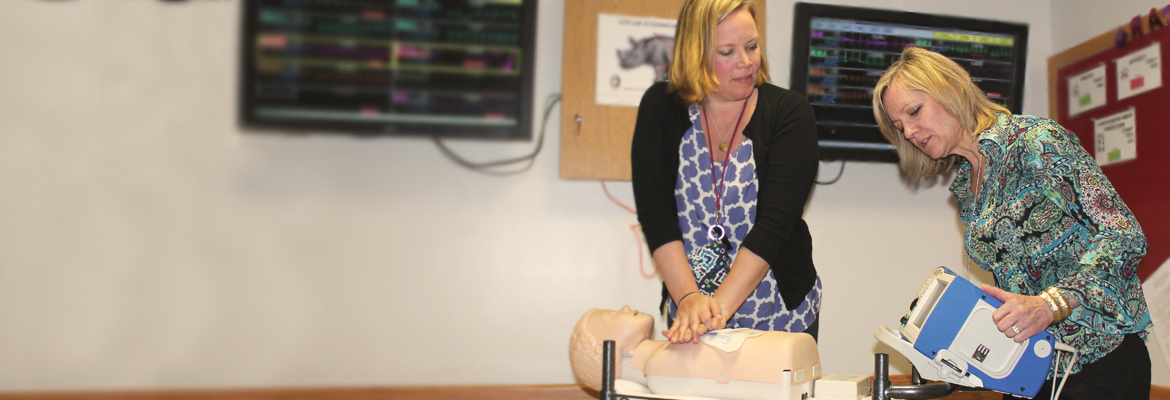For over nearly a century, Children’s Hospital of Philadelphia has been home to one of the most vibrant and robust pediatric research institutions in the world. Our position as a leader in pediatric research underscores that innovation is both a differentiator for CHOP and critical to the Research Institute’s mission.
We’ve made myriad contributions to understanding the causes of pediatric diseases and conditions and developing new ways to treat patients and improve care every day. Whether in the laboratory or the clinic, the commitment, compassion, and vision of our investigators and their teams has unquestionably broadened the world of possibility for more children.
Amid our accomplishments, it’s good policy to periodically pause and assess where the organization has been and its future directions. During FY16 we engaged in an in-depth and extensive strategic planning process aimed at gaining a fresh perspective – one based on honest assessment, benchmarking, and insight from key stakeholders – to create a roadmap for the next stage in the evolution of the Research Institute.
The strategic planning initiative was, in essence, an opportunity to not only promote our tradition of excellence but to redefine what excellence means as we strive to create healthier futures for each generation.
Underlying this nearly yearlong initiative is the unwavering support of our preeminent community of researchers who together have the breadth and depth of scientific expertise to continue leading the world in basic scientific discovery and creating breakthroughs in care for all children. At the conclusion of the strategic planning process, we are devoted to cultivating an even higher-performing environment that mobilizes the right experts to solve the most challenging problems in child health.
The culture of the Research Institute will evolve into one that fosters “faculty-first” collaboration. This means we will fortify our infrastructure and channel our unique resources to build upon our research teams’ previous successes at CHOP and accelerate our progress to achieve greater pediatric research excellence from bench to bedside and beyond. We will accomplish this by implementing the following specific tactics:
- Strengthen our expertise in fundamental basic sciences to fuel scientific breakthroughs, leading to treatments/cures for rare diseases
- Develop pediatric-focused interventions and treatments to prevent onset of adult disease
- Understand how diseases progress into adulthood and optimize treatments to enhance function and improve lives as children become adults
- Develop novel therapies, medical devices, and treatment techniques that cure disease and reward innovation
- Lead the world in first-in-pediatrics clinical trials for new drugs and devices
- Create scientific capacity to address critical public/population health challenges and engage with the Philadelphia community and beyond
- Develop a first-of-its-kind multi-dimensional data collection, integration, storage, and analytic capability
As we reach our ambitious goals, the Research Institute’s efforts will truly redefine pediatric research excellence to advance scientific discovery at CHOP and improve the lives of children everywhere.



